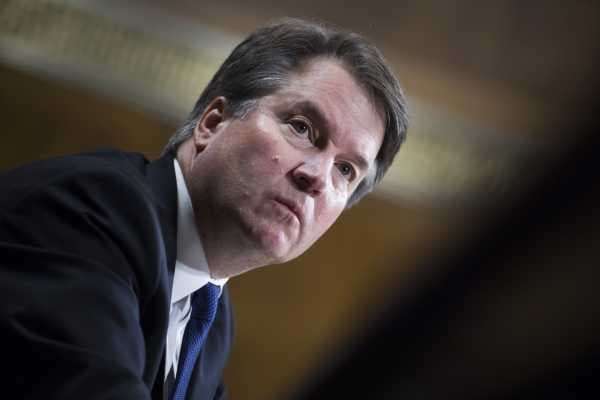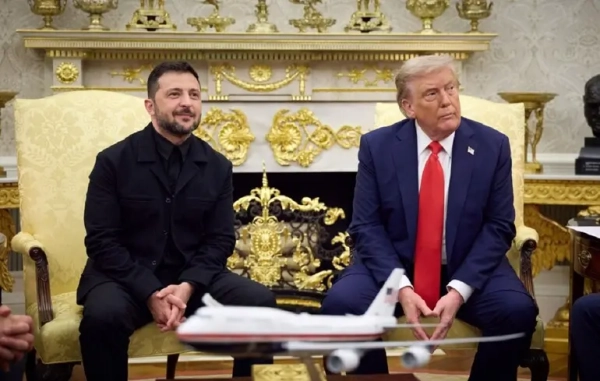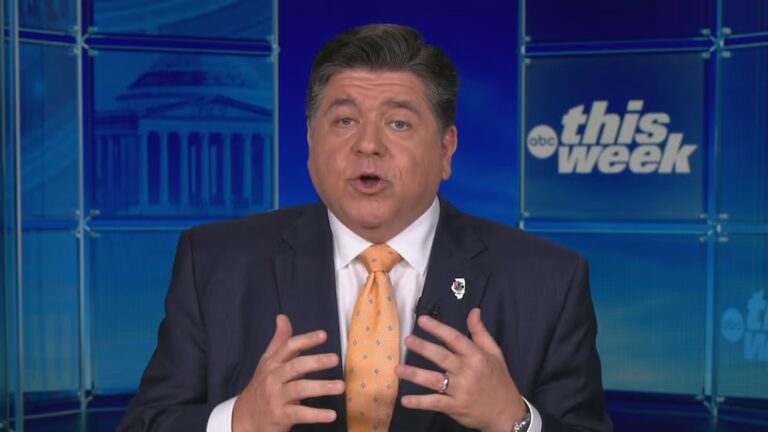
Supreme Court nominee Brett Kavanaugh was reportedly involved in a bar fight after attending a UB40 concert while he was at Yale in 1985, Emily Bazelon and Ben Protess reported at the New York Times.
The bar fight accusation is getting attention because it suggests that Kavanaugh was a heavy drinker in his youth, and that heavy drinking has been linked to the sexual assault allegations against Kavanaugh.
But as Matt Yglesias pointed out on Twitter, there’s a broader problem here as well: “The fact that ‘bar fight’ is a universally recognized trope is perhaps a sign that we should take alcohol-induced violence more seriously as a problem.”
It’s true: Alcohol plays a big role in US violence. The National Council on Alcoholism and Drug Dependence estimated that alcohol is a factor in 40 percent of violent crimes. And the Centers for Disease Control and Prevention calculated that alcohol is a contributor in 47 percent of homicides.
Even places where alcohol is sold have been linked to violence. A study published last week by researchers at Johns Hopkins Bloomberg School of Public Health’s Center on Alcohol Marketing and Youth, for example, found that access to alcohol outlets in Baltimore is linked to more violent crime, including homicides, robbery, and sexual assault. Other research has produced similar results around the country.
Part of the problem is that alcohol can make people more aggressive, which makes them more likely to be violent. Charles Branas, who’s studied the connection between alcohol and violence, previously told me that there’s also “a disinhibition theory”: “So it’s not so much aggressiveness, but that decisions and judgment that would normally be held in check are suddenly disinhibited under consumption of alcohol.”
This should be intuitive. The disinhibition is part of why many people like alcohol. But we also know that it’s part of what makes alcohol dangerous, because it simply makes us think less clearly.
Alcohol is also linked to problems beyond violent crime, including health problems and many kinds of accidents. In total, alcohol is associated with 88,000 deaths and millions of emergency room visits each year in the US, as well as millions more deaths each year worldwide. The only drug that’s linked to more death is tobacco (particularly in its smoked form).
Alcohol is always going to be a part of American life. The failure of Prohibition cemented that much.
Still, there are things the US could do to make alcohol use less dangerous. Some of that is, as a society and culture, acknowledging the risks of alcohol so we are better equipped as individuals to avoid its harms. But there are also policy ideas that could help mitigate the harms of alcohol — which, as drug policy expert Mark Kleiman wrote, are “very low-hanging fruit: simple policies with small costs and large benefits.”
There are policy interventions to mitigate these problems
Public health and drug policy experts argue that much more could be done to mitigate the harms of excessive drinking. The ideas do not entail bringing back Prohibition, but they do require some new restrictions and regulations on booze.
There’s good evidence for many of these policies, too. Some examples:
- A higher alcohol tax: A 2010 review of the research in the American Journal of Public Health came out with strong findings: “Our results suggest that doubling the alcohol tax would reduce alcohol-related mortality by an average of 35%, traffic crash deaths by 11%, sexually transmitted disease by 6%, violence by 2%, and crime by 1.4%.”
- A minimum price on alcohol: A 2013 review of the research by Tim Stockwell and Gerald Thomas at the Centre for Addictions Research in Canada found that, based on data from Canada, “a 10% increase in average minimum price would result in the region of an 8% reduction in consumption, a 9% reduction in hospital admissions and a 32% reduction in wholly alcohol caused deaths — with further benefits accruing two years later.” Negative side effects, such as people resorting to potentially dangerous bootlegging to get cheaper alcohol, were minimal, the review found.
- Reducing the number of alcohol outlets: A 2009 review published in the American Journal of Preventive Medicine also found that limiting the number of alcohol outlets (such as liquor stores) in an area through, for example, stricter licensing can limit problematic drinking and its dangers. But it also found that going too far can have negative results — by, for instance, causing more car crashes as people take longer drives to outlets and possibly drink before returning home.
- Revoking alcohol offenders’ right to drink: South Dakota’s 24/7 Sobriety program effectively revokes people’s right to drink if a court deems it necessary after an alcohol-related offense. The program, specifically, monitors offenders through twice-a-day breathalyzer tests or a bracelet that can track blood alcohol level, and jails them for one or two days for each failed test. Studies from the RAND Corporation have linked the program to drops in mortality, DUI arrests, and domestic violence arrests.
- Put state governments in charge of selling alcohol: A 2014 report from RAND concluded that when state governments monopolize alcohol sales through state-run shops, they can keep prices higher, reduce access to youth, and reduce overall levels of use.
These are just a few of the ideas that experts have mentioned. There are many more ways to curtail alcohol consumption and misuse without outright banning it.
Different individuals will likely disagree on whether these proposals go too far in restricting personal liberty, even if they do save some lives. But the research suggests such policies are at least worth considering.
If anything, though, America seems to be moving in the opposite direction. With its tax reform bill, the Republican-controlled Congress last year cut taxes on alcohol — a move that, the research suggests, will lead to more alcohol-induced violence, including the kinds of acts that Kavanaugh is now accused of.
Sourse: vox.com






